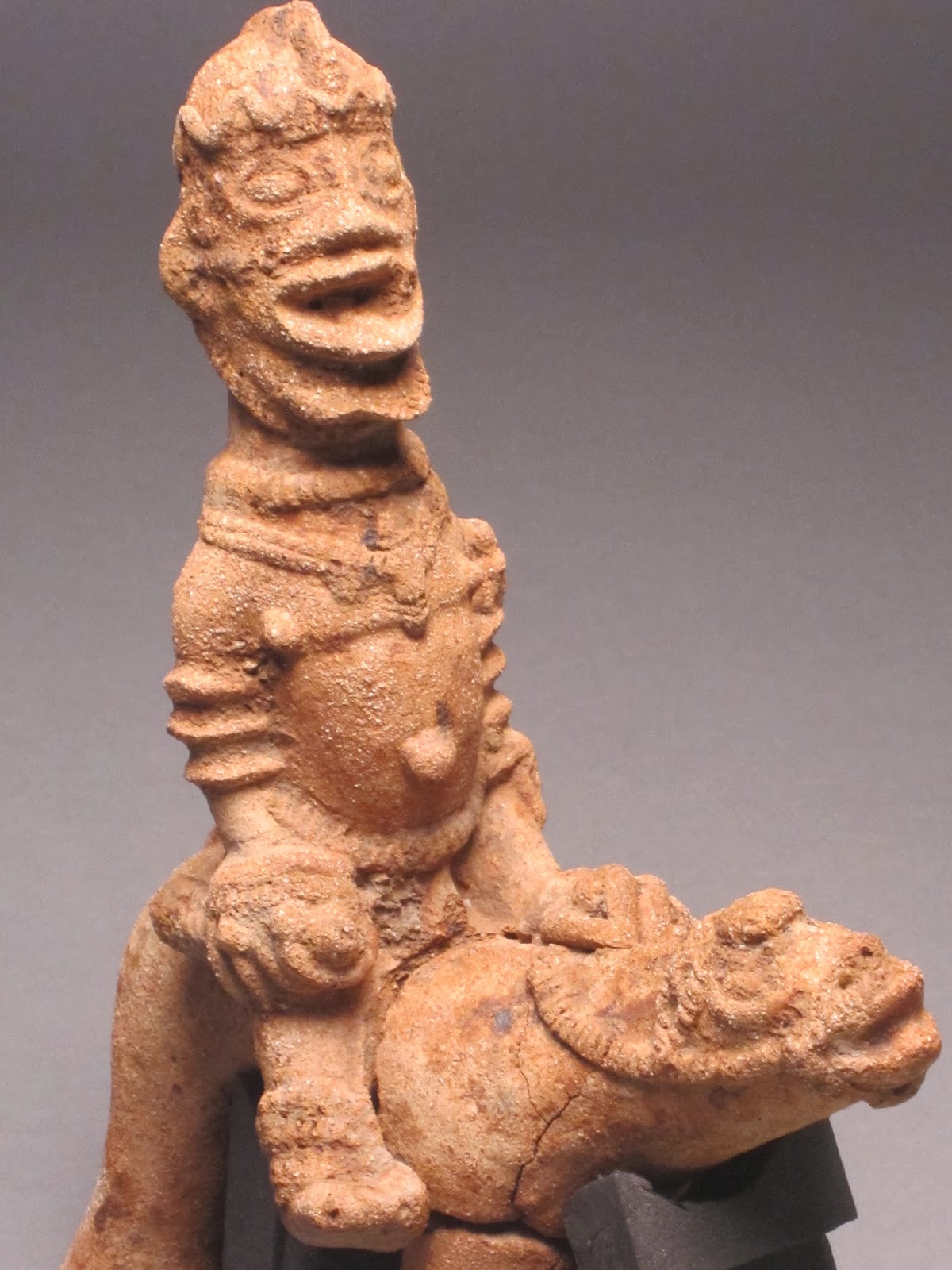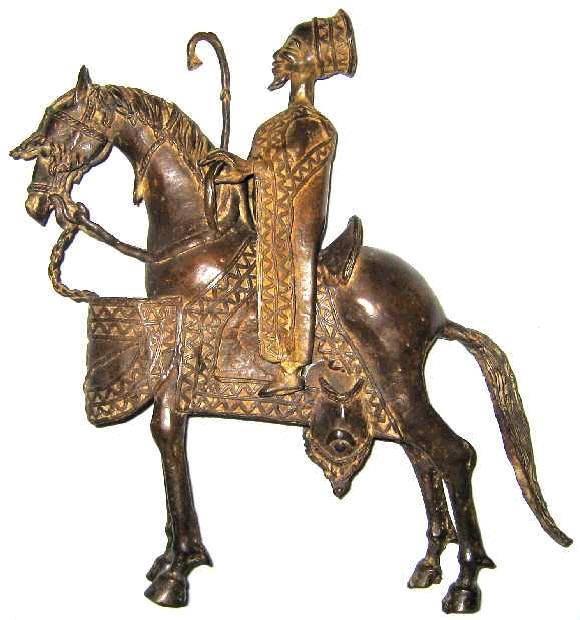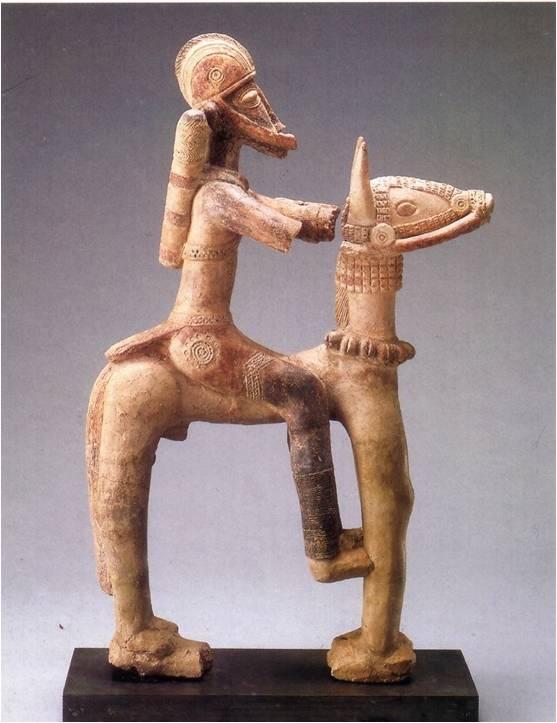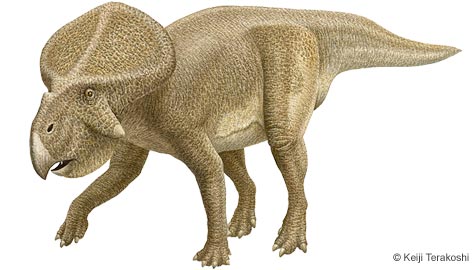It looks like you're using an Ad Blocker.
Please white-list or disable AboveTopSecret.com in your ad-blocking tool.
Thank you.
Some features of ATS will be disabled while you continue to use an ad-blocker.
22
share:

Figurine from Northern Ghana [Credit: University of Manchester.
The figurines were exhibited in 2014 at Manchester Museum's 'Fragmentary Ancestors' exhibition. Despite the fact that high temperatures typically accelerate DNA damage, and there are only a few previous reports of the recovery of ancient DNA from exposed sites in Sub-Saharan Africa as a result, Professor Terry Brown and PhD student Heather Robinson managed to recover ancient DNA from inside three of the figurines using forensic-style swabs and a magnetic extraction method. The findings of the researchers suggest that exotic plants such as banana and pine, which are not native to Ghana, were prized by the unknown ancient culture for use in religious rituals as well as other West African plants. Banana and pine could only have been obtained via trade with North Africa, and suggest that the prehistoric inhabitants of the Yikpabongo archaeological site were connected to other parts of the World via trade, because banana is an east Asian cultigen. "This has been an excellent example of the way in which archaeologists and DNA scientists can work together," said Professor Brown. "We were invited to sample the figurines when they were exhibited at the Manchester Museum in 2013, and the interpretation of the DNA results with our collaborators in Ghana has been very exciting." It is hoped that the findings, published in the Journal of Archaeological Science, will boost local and international efforts to protect the figurines which have been subject to illegal excavation and trade in the past.
archaeologynewsnetwork.blogspot.jp...
New and updated finds are always of interest to me, but what made my eyes bulged was, the highlighted bit about pine, this in-conjunction with figurines, which is quite reminiscent of the Savannah civilizations , the man and horse figurines were always a feature, this earlier man and horse above is rather crude in-comparison to later styles below.

An Ashanti general 17-18th cent

Man on horse figurine Mali.
But the Yikpabongo while certainly old 1200 A.D was not the oldest in northern Ghana, that distinction belonged to Kintampo that goes back 1000 yrs B.C or more.
So back to the pine, if they are saying that both the figurine and the Banana/Pine came from the earliest period, then there is something to talk about here, for that would put the pine at an era before Columbus, this along with "their title" of prehistoric trade routes made it seemed that way although not explicit, it would make sense if they said pineapple in conjuration with the Ashanti general because that's well within the so-called historical era, if not then who the hell were they trading with to obtain a plant of South American origins at that era.
Btw please do not mix-up the more ancient Ghana at 3000 B.C - 2500 B.C- 900 A.D which lays about 1000 miles to the north and was known as Wagadu and the modern Ghana on what used to be called the gold coast.
edit on 26-1-2017 by Spider879 because: (no reason given)
The Turtle Jockey was a little confronting ...
Just saying ...
Just saying ...
Cool read and all but for the ignorant such as myself, what is yhr significance of this find? Wasnt trade going on during that time anyway? Africa
wouldnt be an exception. Interesting nonetheless.
edit on 26-1-2017 by Jahari because: (no reason given)
originally posted by: Jahari
Cool read and all but for the ignorant such as myself, what is yhr significance of this find? Wasnt trade going on during that time anyway? Africa wouldnt be an exception. Interesting nonetheless.
Yes and a very longtime before that, but there was always some question about how the forest kingdoms relate to the those of the Savannah, but like I said it was the reference to the pine that got my attention for if I am not misreading the link, there should be no such thing in Africa or anywhere outside the so-called new world for that matter at that time.
originally posted by: nOraKat
what is he riding?
Looks like a little Triceratops.
Or a large Protoceratops

edit on 26-1-2017 by Vector99 because: (no reason given)
Nice info.
Could I suggest you take a cue from your source and use the word "culture" here instead of "civilization?"
Harte
Could I suggest you take a cue from your source and use the word "culture" here instead of "civilization?"
Harte
originally posted by: Spider879
originally posted by: Harte
Nice info.
Could I suggest you take a cue from your source and use the word "culture" here instead of "civilization?"
Harte
Maybe culture might be more appropriate , but it was they who used civilization in the title.
I see.
You'd think they'd get it right, what with the title of the source. The article itself called them an "ancient, unknown culture." If it's unknown, then there's no way to classify it as a civilization. Takes more than some artifacts for that.
Harte
Thank you for sharing this.
I find ancient history very interesting , especially new discoveries.
I must go of to dig a little deeper since I just skimmed over the article .
I find ancient history very interesting , especially new discoveries.
I must go of to dig a little deeper since I just skimmed over the article .
originally posted by: Spider879
it was the reference to the pine that got my attention for if I am not misreading the link, there should be no such thing in Africa or anywhere outside the so-called new world for that matter at that time.
Europe has pines.
Even that, of course, implies some very long-distance trading.
edit on 3-2-2017 by DISRAELI because: (no reason given)
originally posted by: DISRAELI
originally posted by: Spider879
it was the reference to the pine that got my attention for if I am not misreading the link, there should be no such thing in Africa or anywhere outside the so-called new world for that matter at that time.
Europe has pines.
Even that, of course, implies some very long-distance trading.
The word "prehistoric" in the title is a bit misleading... the figures are better described as "pre-colonial." They date from 6th–14th century (500 AD - 1300 AD.)
new topics
-
This should be plastered all over the airwaves
Mainstream News: 2 hours ago -
Oh, Good Gosh. “Kremlin Warns Stay Away from Greenland.”
World War Three: 4 hours ago -
Archbisop Vigano Warns of Deep State and Deep Church
New World Order: 4 hours ago -
A Flash of Beauty: Bigfoot Revealed ( documentary )
Cryptozoology: 9 hours ago
top topics
-
Fire insurance in LA withdrawn months ago
General Conspiracies: 12 hours ago, 8 flags -
This should be plastered all over the airwaves
Mainstream News: 2 hours ago, 8 flags -
A Flash of Beauty: Bigfoot Revealed ( documentary )
Cryptozoology: 9 hours ago, 7 flags -
Oh, Good Gosh. “Kremlin Warns Stay Away from Greenland.”
World War Three: 4 hours ago, 7 flags -
Archbisop Vigano Warns of Deep State and Deep Church
New World Order: 4 hours ago, 5 flags
active topics
-
This should be plastered all over the airwaves
Mainstream News • 11 • : fringeofthefringe -
Los Angeles brush fires latest: 2 blazes threaten structures, prompt evacuations
Mainstream News • 304 • : Flyingclaydisk -
S.C. Jack Smith's Final Report Says Trump Leads a Major Conspiratorial Criminal Organization!.
Political Conspiracies • 49 • : xuenchen -
Trump says ownership of Greenland 'is an absolute necessity'
Other Current Events • 122 • : Flyingclaydisk -
The elephant in the room (wearing a hoodie)
US Political Madness • 32 • : xuenchen -
Judge rules president-elect Donald Trump must be sentenced in 'hush money' trial
US Political Madness • 89 • : xuenchen -
Post A Funny (T&C Friendly) Pic Part IV: The LOL awakens!
General Chit Chat • 8012 • : underpass61 -
The Acronym Game .. Pt.4
General Chit Chat • 1040 • : bally001 -
To become president, Zelensky had to learn Ukrainian
Political Conspiracies • 35 • : Oldcarpy2 -
Oh, Good Gosh. “Kremlin Warns Stay Away from Greenland.”
World War Three • 10 • : Imhere
22
